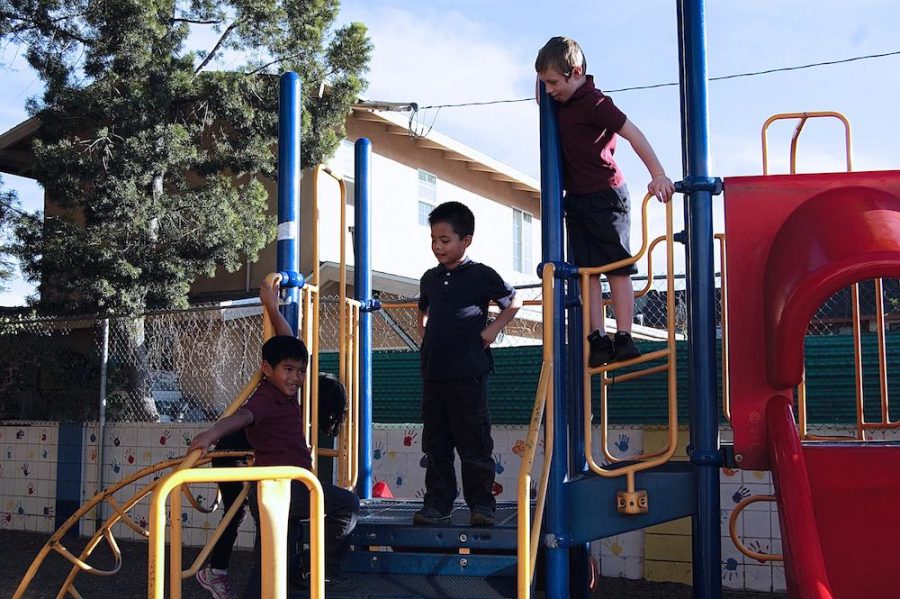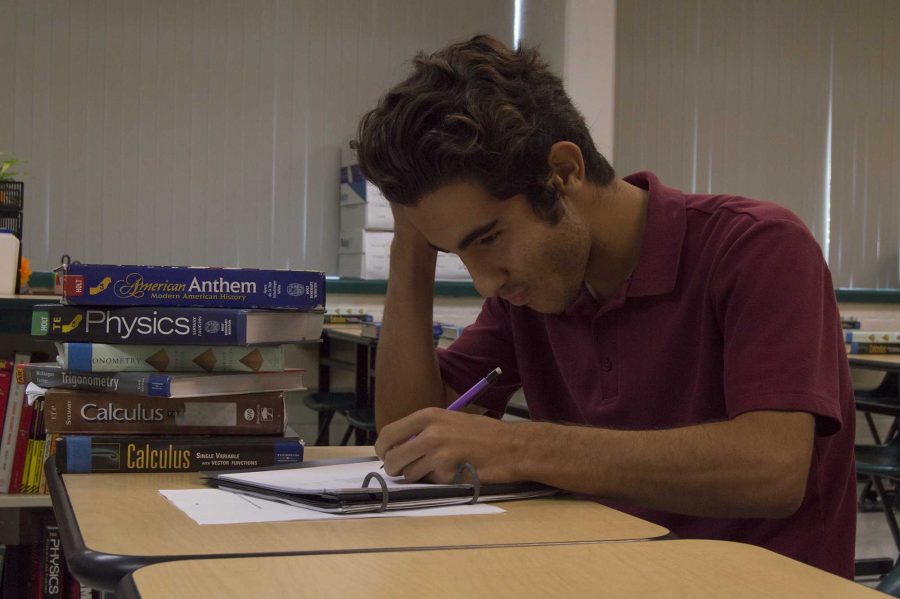(April 1, 1999) — One of the biggest complaints students have regarding life at Clark is the limited variety of classes. We continually hear from teachers and administrators that Clark simply can’t offer the same types of classes as offered by the larger high schools. They tell us that we need a certain number of people to have a class. This need to have classes be a specific size is what narrows the variety of classes available. If we had a separate Spanish 5-6 class, it would only have seven students in it. A Latin 3-4 class would only contain four students and a Latin 5-6 class only three. The ESL reading classes here only have about 22 students per class. These smaller classes are helpful to those in them, but they can create problems for other classes. In the Glendale Unified School District, the standard ratio of students to teachers is 33.8 to one. If a class is reduced to only twenty, then the fourteen students taken out of that class have to be in a class with 33 others, making a class of 47. And in a school as small as Clark, there aren’t many classes to distribute the leftover students into. (The PE classes here have already been expanded to accommodate the small ESL class, as well as a few other smaller classes.) And why does the average class size need to be so high? Because California’s budget for public schools is so low, the state government can’t afford to pay as many teachers as are needed. As class sizes grow, the control teachers have over their class decreases. The biggest issue in this year’s race for governor was education. Our hopes for the new governor, Gray Davis, are that education will remain the highest priority for him, and more money will be given for class size reduction. Kindergarten through third grade classes have already started to receive the benefits of reduced class sizes, and presumably, this trend will continue upwards until even high school class sizes can be reduced. Right now our school board is deciding on whether or not to limit ninth grade math and English classes to only twenty students next year. This could greatly help out both teachers and students, by giving teachers fewer students to control, and by giving students more available one-on-one time with their teachers. Large classes don’t benefit anyone except those who pay the teachers. Luckily for future generations, the people now controlling our money seem to realize this.
Categories:
Too big, or not too big? Is that the question?
March 18, 2010
More to Discover








